Mobile video laryngoscope: a revolutionary device for airway management
Dec 21, 2023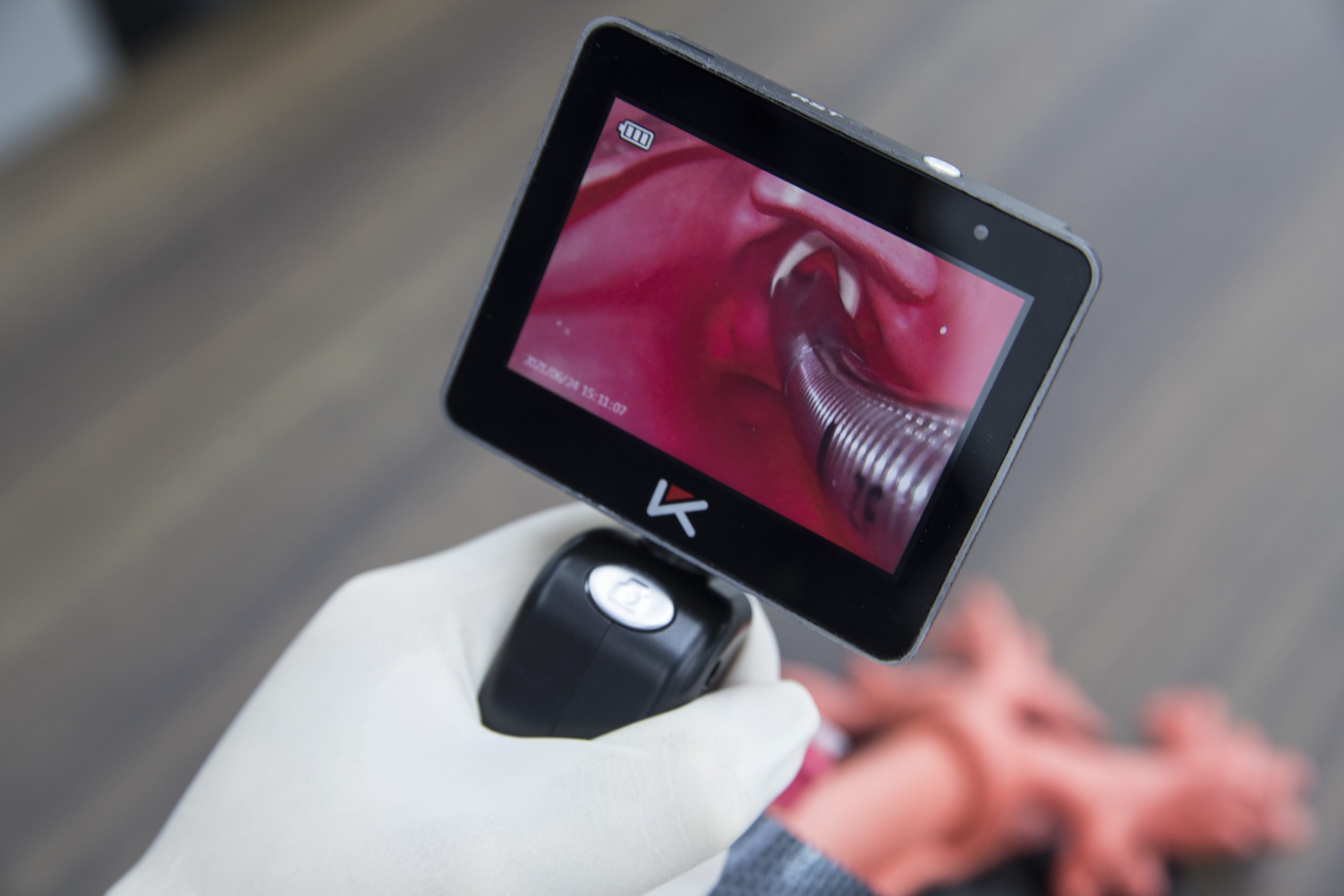
Mobile video laryngoscopes are a relatively new technology that have revolutionized airway management in the medical field. They are designed to help healthcare providers obtain a clear view of a patient’s airway and facilitate intubation. Unlike traditional laryngoscopes, which require line-of-sight visualization, mobile video laryngoscopes use a camera and LED light source to provide a clear, magnified view of the airway on a portable screen.
Mobile video laryngoscope have several advantages over traditional laryngoscopes. They are less invasive, reduce the need for sedation, and can be used in a variety of clinical settings, including emergency departments, intensive care units, and operating rooms. In addition, they are particularly useful for patients with difficult airways, such as those with obesity, obstructive sleep apnea, or upper airway tumors.
Key Takeaways
- Mobile video laryngoscopes are a new technology that provide a clear view of a patient’s airway and facilitate intubation.
- They are less invasive, reduce the need for sedation, and can be used in a variety of clinical settings.
- They are particularly useful for patients with difficult airways.
Overview of Mobile Video Laryngoscopes
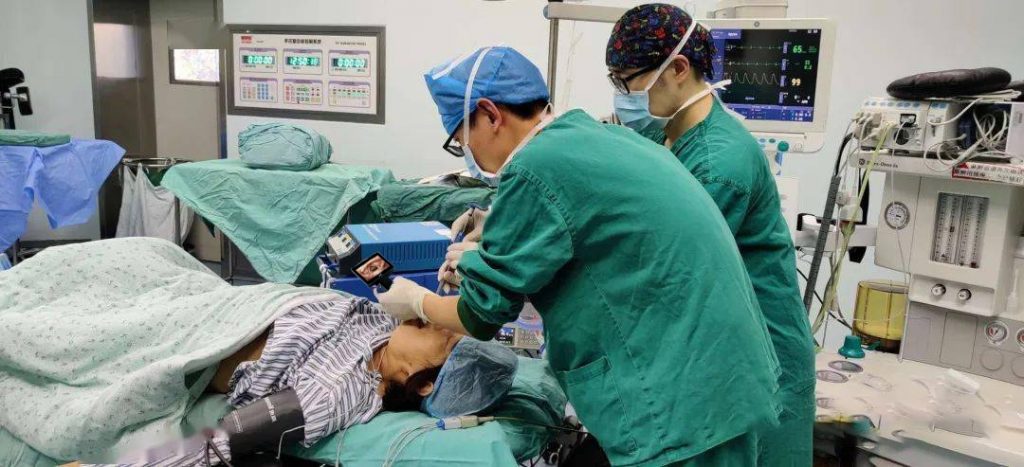
Mobile video laryngoscope are a type of device used for intubation during medical procedures. They consist of a camera and a screen that allows the user to see the patient’s airway and guide the endotracheal tube into the correct position. Unlike traditional laryngoscopes, which require a direct line of sight to the patient’s airway, mobile video laryngoscopes provide a clear view of the airway even when the patient’s head and neck are in an awkward position.
Mobile video laryngoscopes come in a variety of shapes and sizes, but most consist of a handle with a screen attached to the top and a camera at the end. Some models have a flexible blade that can be manipulated to provide a better view of the airway, while others have a rigid blade that is inserted directly into the patient’s mouth.
One of the advantages of mobile video laryngoscopes is that they are portable and can be used in a variety of settings, including emergency rooms, intensive care units, and operating rooms. They are also useful in situations where traditional laryngoscopes are difficult to use, such as when the patient has a short neck, a large tongue, or limited mouth opening.
In addition, mobile video laryngoscopes have been shown to be effective in improving the success rate of intubation and reducing the time required for intubation. They are also associated with fewer complications, such as trauma to the airway or dental injury, compared to traditional laryngoscopes.
Overall, mobile video laryngoscopes are a valuable tool for healthcare providers who need to intubate patients in a variety of settings. They provide a clear view of the airway, are easy to use, and are associated with fewer complications compared to traditional laryngoscopes.
Technological Advancements

Video laryngoscopes have undergone significant technological advancements in recent years. These advancements have led to improvements in image quality and resolution, portability and design, and wireless connectivity.
Image Quality and Resolution
Mobile video laryngoscopes now offer high-definition (HD) resolution and improved image quality. This enables clinicians to obtain a better view of the airway and improve patient outcomes. Some devices also offer adjustable lighting and anti-fogging capabilities to further enhance image clarity.
Portability and Design
Mobile video laryngoscopes are designed to be lightweight and portable, making them ideal for use in emergency situations and in remote locations. They are also ergonomically designed to provide a comfortable grip and reduce hand fatigue during prolonged use.
Wireless Connectivity
Many mobile video laryngoscopes now offer wireless connectivity, enabling clinicians to transmit images and data to other devices in real-time. This feature is particularly useful in telemedicine applications, where remote consultations can be conducted with specialists located in different geographic locations.
Overall, the technological advancements in mobile video laryngoscopes have significantly improved their performance and functionality, making them an essential tool in airway management.
Clinical Applications
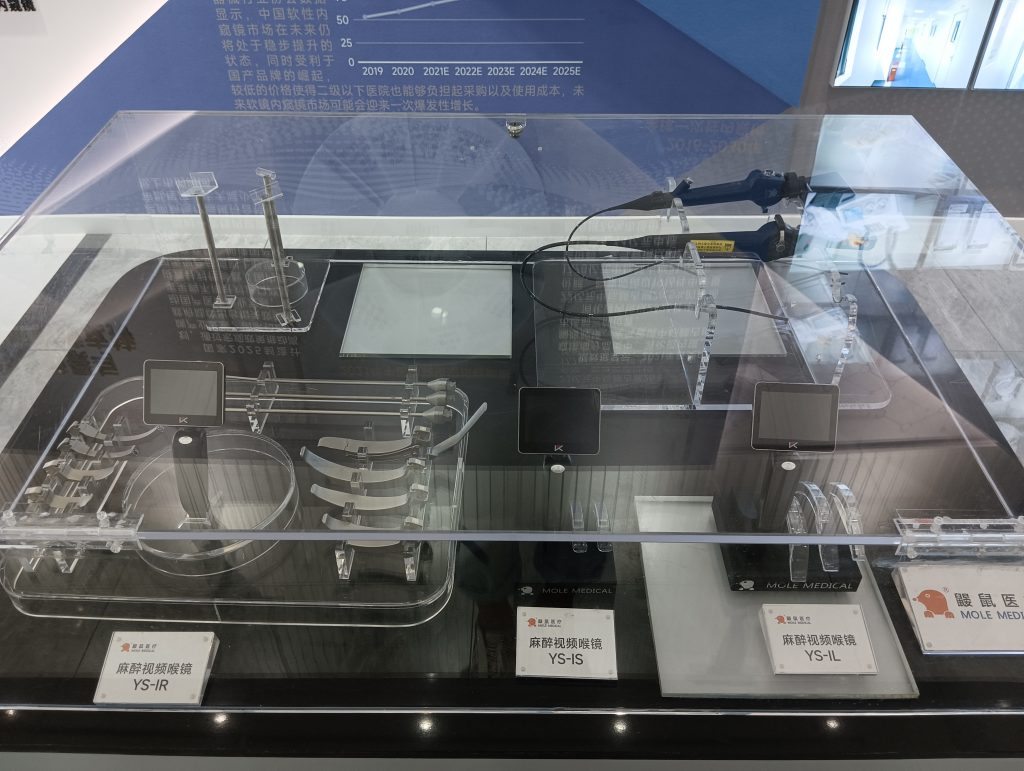
Mobile video laryngoscopes have a wide range of clinical applications in various medical fields. In this section, we will explore the clinical applications of mobile video laryngoscopes in emergency medicine, anesthesiology, and critical care.
Emergency Medicine
Mobile video laryngoscopes can be a valuable tool in emergency medicine. They allow for quick and accurate visualization of the airway in patients with difficult airways, which can be life-saving in emergency situations. In addition, mobile video laryngoscopes can be used to guide intubation in patients with suspected cervical spine injuries, reducing the risk of further injury.
Anesthesiology
In anesthesiology, mobile video laryngoscopes can be used to improve visualization of the airway during intubation procedures. They can be particularly useful in patients with difficult airways or those who are obese. Mobile video laryngoscopes can also be used to teach airway management techniques to trainees, improving their skills and confidence.
Critical Care
In critical care settings, mobile video laryngoscopes can be used to perform tracheostomies and other airway procedures. They can also be used to monitor the airway in patients who are at risk of developing respiratory complications. Mobile video laryngoscopes can provide real-time visualization of the airway, allowing for early detection and intervention in case of airway obstruction or other complications.
Overall, mobile video laryngoscopes have become an important tool in various medical fields. They offer a safe and effective way to visualize the airway, improving patient outcomes and reducing the risk of complications. As technology continues to improve, mobile video laryngoscopes are likely to become even more versatile and widely used in the future.
Training and Education
As with any medical equipment, proper training and education are essential for safe and effective use of mobile video laryngoscopes. Simulation-based training is an effective way to teach the necessary skills for using this equipment. Simulation-based training can help healthcare providers to develop the skills and confidence needed to use mobile video laryngoscopes in real-life situations.
Simulation-Based Training
Simulation-based training involves the use of mannequins or other simulators to recreate realistic medical scenarios. This type of training allows healthcare providers to practice using mobile video laryngoscopes in a safe and controlled environment. It also allows them to receive feedback on their technique and to identify areas where they need to improve.
Curriculum Integration
Mobile video laryngoscope are becoming increasingly popular in airway management, and it is important for healthcare providers to receive education on their use. Curriculum integration is one way to ensure that healthcare providers receive the necessary training. This involves incorporating the use of mobile video laryngoscopes into existing educational programs. For example, mobile video laryngoscopes can be included in airway management courses, or they can be used as part of a simulation-based training program.
Overall, proper training and education are essential for the safe and effective use of mobile video laryngoscopes. Simulation-based training and curriculum integration are two effective ways to ensure that healthcare providers have the skills and knowledge needed to use this equipment.
Market Analysis
Trends and Future Projections
The mobile video laryngoscope market is expected to grow significantly in the coming years. One of the major drivers of this growth is the increasing demand for minimally invasive procedures. Mobile video laryngoscopes are often used in emergency situations where quick and accurate intubation is critical. They are also used in routine procedures such as anesthesia and airway management.
Another trend in the market is the development of wireless and portable video laryngoscopes. These devices offer greater flexibility and ease of use, which is particularly important in emergency situations. They also allow for remote monitoring and consultation, which can be useful in rural or remote areas.
Overall, the mobile video laryngoscope market is expected to continue to grow as healthcare providers increasingly recognize the benefits of these devices. As technology continues to advance, we can expect to see even more innovative products and solutions in the market.
Frequently Asked Questions
What are the key differences between GlideScope and Mac laryngoscopes?
The main difference between GlideScope and Mac laryngoscopes is the way the blade is designed. GlideScope has a curved blade that allows for better visualization of the vocal cords, while Mac laryngoscopes have a straight blade that requires more skill and experience to use effectively. GlideScope is also more expensive than Mac laryngoscopes.
What are the common disadvantages or limitations of using video laryngoscopy?
One common disadvantage of using video laryngoscopy is that it requires more training and expertise than direct laryngoscopy. Another limitation is that video laryngoscopes can be expensive and may not be available in all healthcare settings. Additionally, video laryngoscopy may not be suitable for all patients, such as those with limited mouth opening or cervical spine injuries.
How does fiberoptic intubation compare to video laryngoscopy in terms of technique and application?
Fiberoptic intubation and video laryngoscopy are both effective techniques for difficult airway management. However, fiberoptic intubation requires more skill and experience, and may not be suitable for all patients. Video laryngoscopy is easier to learn and use, and may be a better option for emergency situations or when fiberoptic intubation is not feasible.
Categories
Latest Articles
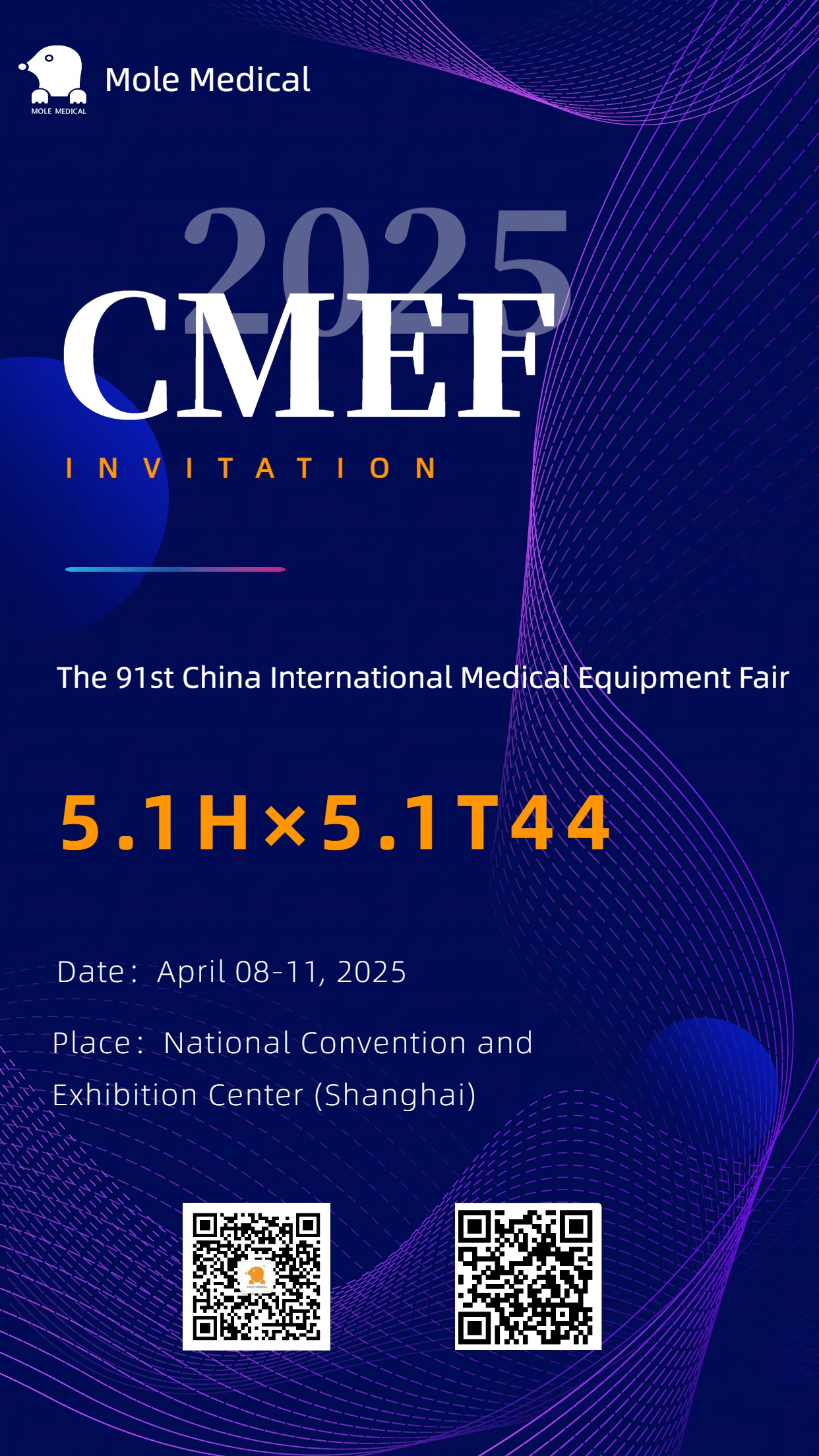
Mole Medical invites you to meet the 91st China International Medical Equipment Fair (2025 Shanghai CMEF)
Dear partners at home and abroad:In the era of the booming development of global Medical technology, Mole Medical has always adhered to the original intention of innovation, and made intensive efforts in the field of medical endoscopes, constantly making technological breakthroughs and developing high-quality products. On this occasion, we cordially invite you to attend the ... Read more
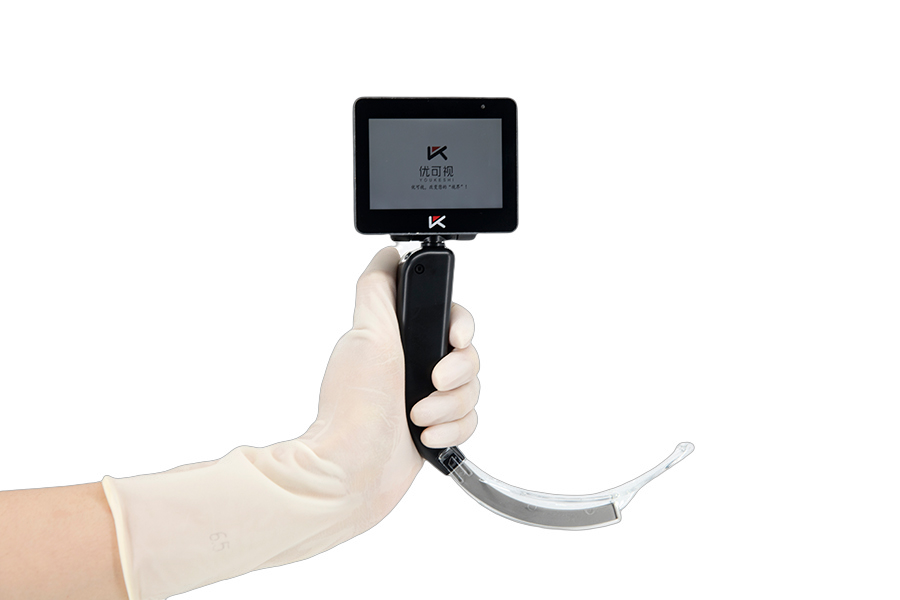
Essential Laryngoscope Parts and Their Vital Uses
The laryngoscope is a vital medical instrument that allows doctors to examine the throat and vocal cords with precision. By providing a clear view of the airway, it plays a crucial role in various medical procedures, particularly in airway management. This tool is essential for ensuring patients can breathe properly, as it facilitates safe and ... Read more
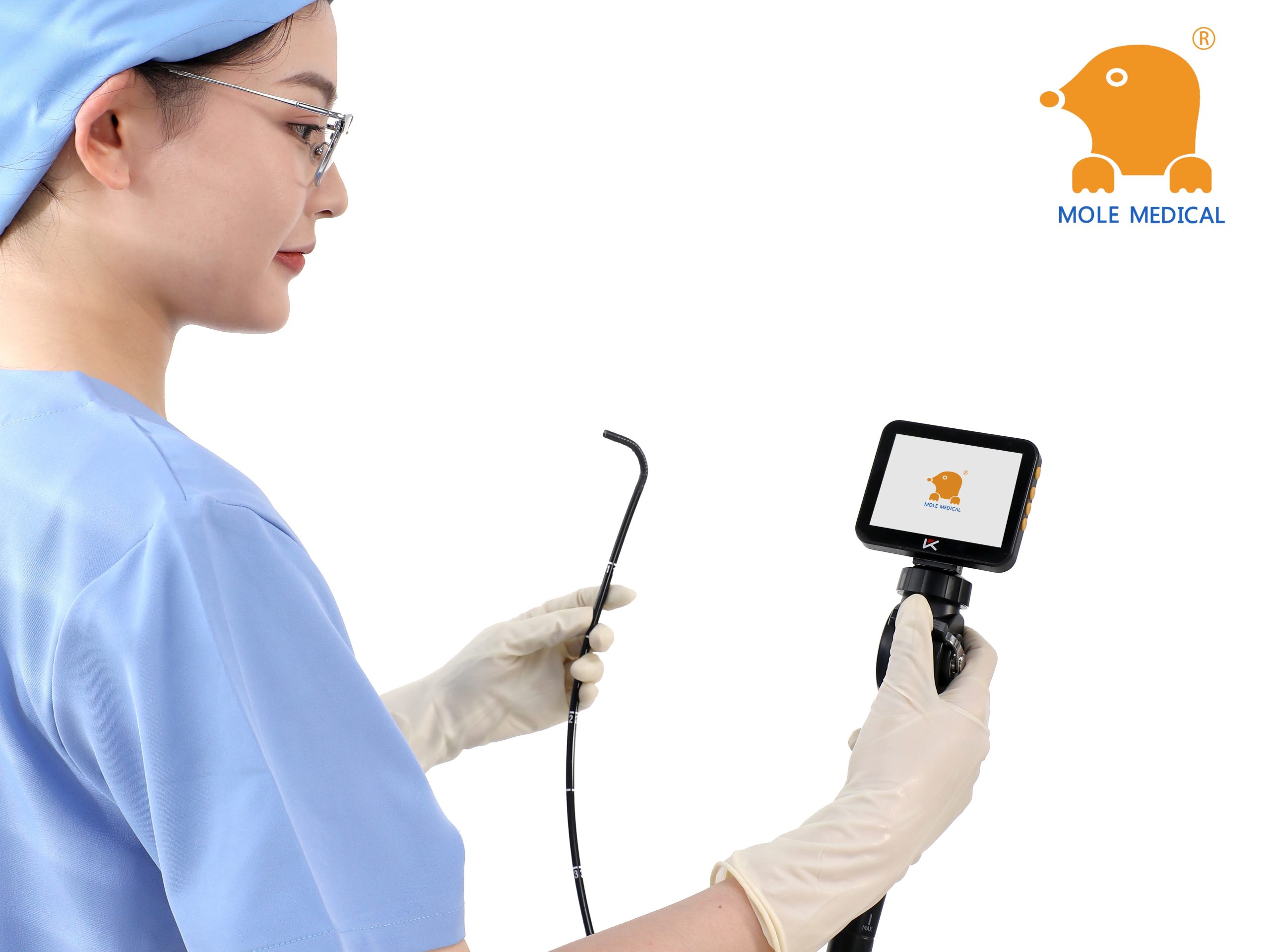
From cleaning to maintenance: a holistic management strategy for Mole medical electronic bronchoscopes
In the modern medical field, electronic bronchoscope is an important tool for the diagnosis and treatment of respiratory diseases, and its accuracy and safety are directly related to the treatment effect and life safety of patients. Mole Medical's electronic bronchoscopes are widely recognized for their superior performance and precise diagnostic capabilities. However, to ensure that this high-end equipment is always in top condition, a comprehensive management strategy from cleaning to maintenance is essential.

More than ten years focus on the field of anesthesia Jiangsu Mole Medical, providing airway equipment for thousands of hospitals around the world
More than ten years focus on the field of anesthesia Jiangsu Mole Medical, providing airway equipment for thousands of hospitals around the world
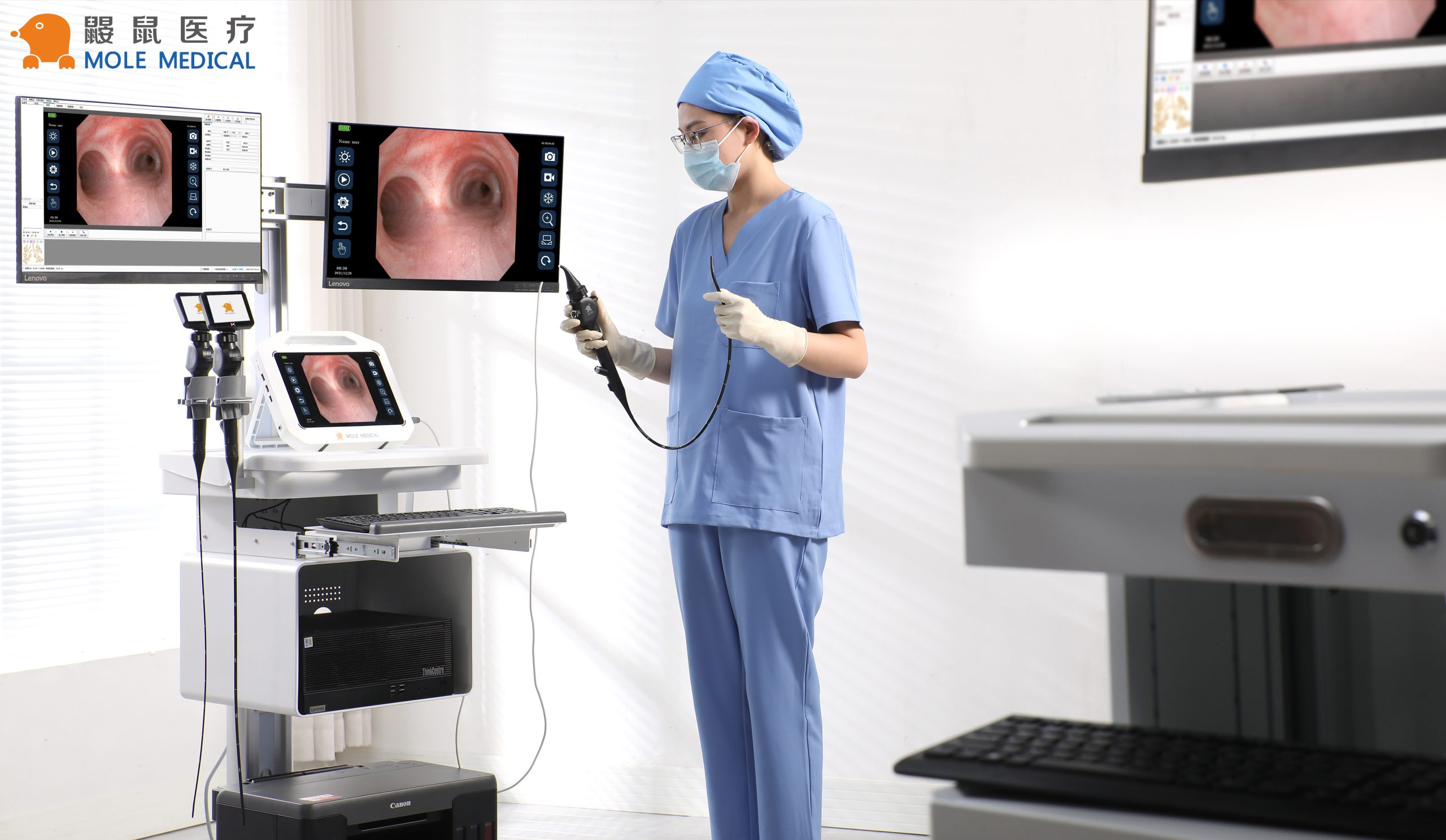
Emergency department essential: Mole medical portable video endotracheal intubation scope in the actual advantages of pre-hospital emergency
In the complex environment of pre-hospital emergency treatment, establishing artificial airway quickly and accurately is one of the key steps to save patients' lives. The traditional endotracheal intubation operation under direct laryngoscope has some problems such as limited field of vision and difficult operation, especially in the case of patients with limited neck movement, excessive oral secretions or anatomic abnormalities, and the success rate may be affected. In recent years, with the advancement of medical technology, portable video endotracheal intubation scopes have gradually become an important tool in emergency departments. Among them, the portable video endotracheal intubation scopes of Mole Medical show significant practical advantages in pre-hospital emergency care with its unique design and performance.



